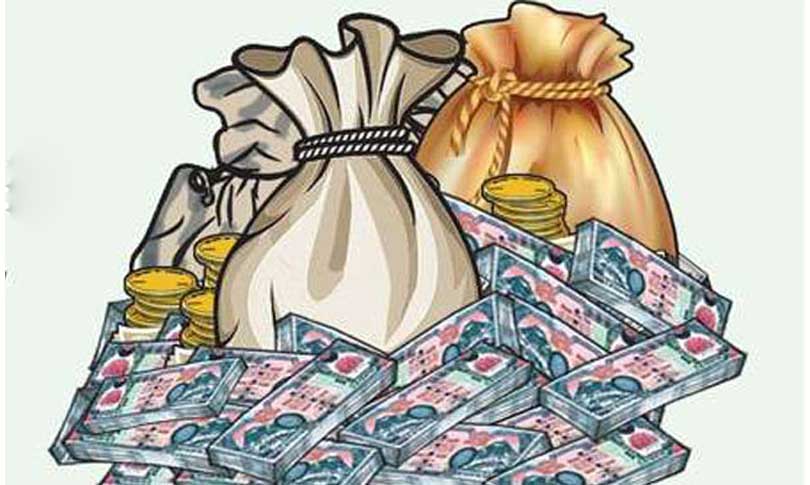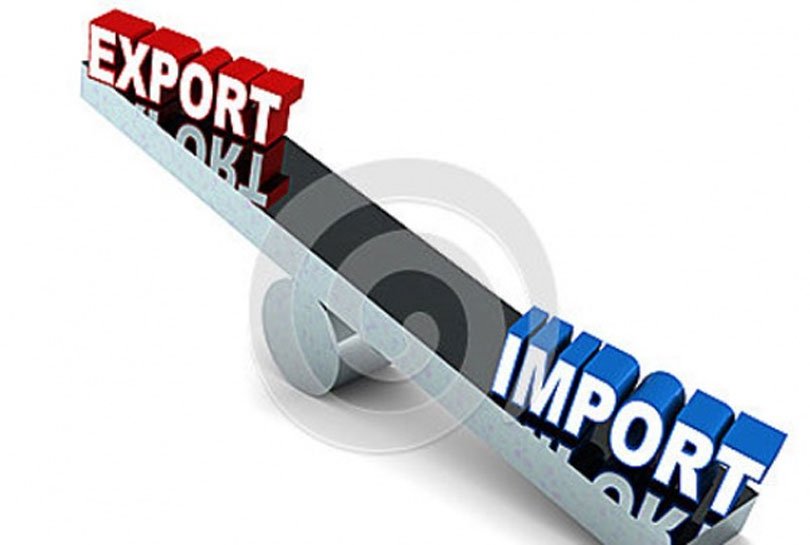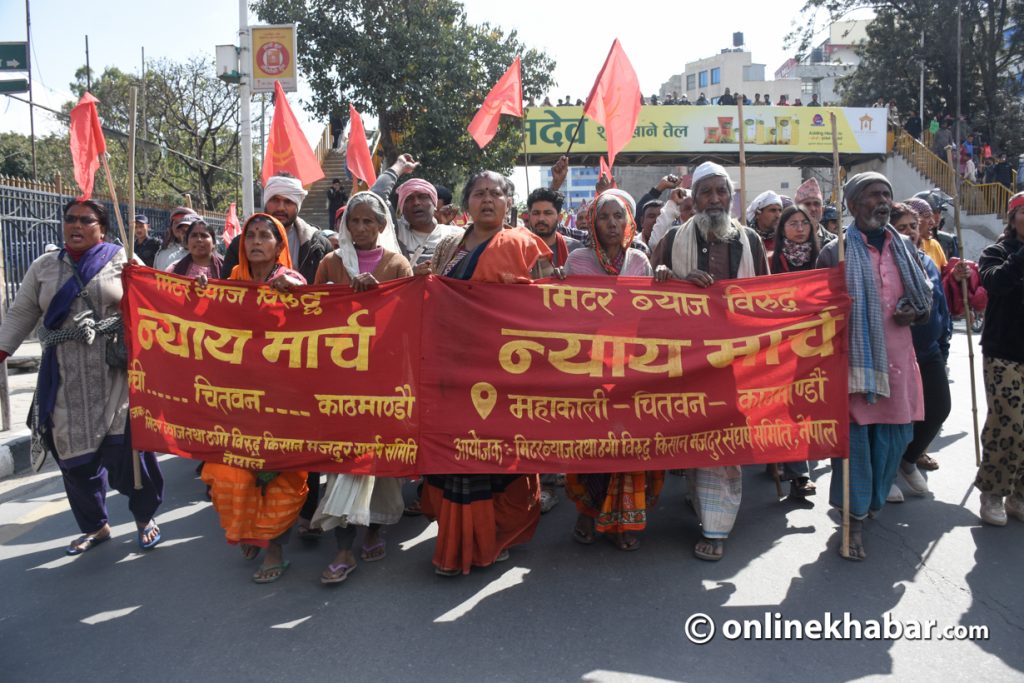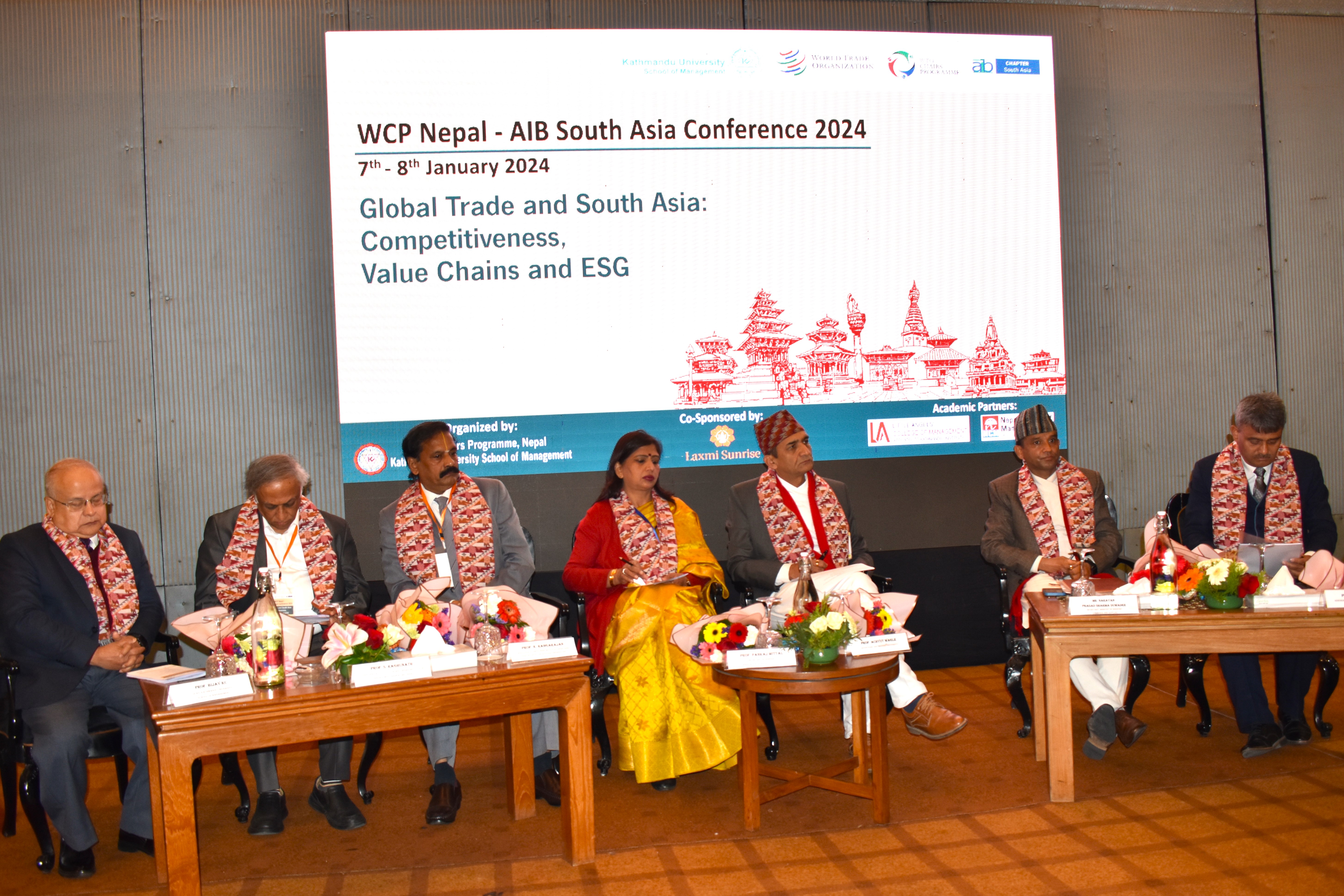
Embracing an open economy can bring numerous benefits to Nepal, including increased international trade, capital flows, and cross-border investments, which can foster economic integration and globalisation or even glocalisation. This can lead to economic growth, enhanced competitiveness, and improved living standards. But what is an open economy?
An open economy is one that has free trade and allows the movement of goods and services across international borders, meaning international trade. It also permits the flow of capital and investment between countries. An open economy is characterised by free trade, foreign investment, and minimal government intervention in economic affairs.
The Nepali economy today is at the stage where there are multiple opportunities in trade and investment while it also faces many potential challenges, such as income inequality and economic volatility. But in an open economy, by nurturing the key factors and elements, Nepal can leverage its potential and pave the way for a prosperous future in a connected world.
Prospects of an open economy in Nepal

Nepal’s open economy presents immense prospects as it encourages international trade, fosters innovation, and creates employment opportunities. The prospects of Nepal’s open economy are immense, with benefits including access to a larger market, goods and services, innovation and knowledge transfer, and economies of scale.
Nepal’s open economy is designed to leverage its strategic location between India and China and capitalise on its potential as a transit hub and trading partner. An open economy promotes regional integration and cooperation as well as bilateral and multilateral trade agreements.
Nepal’s open economy can also facilitate the export of its unique products, such as handicrafts, agricultural goods, and tourism services, allowing them to access global markets. Enhanced international trade can lead to economic diversification, reducing dependence on a few sectors and promoting resilience.
Here are some reasons to promote it:
- International trade stimulates economic growth by expanding market opportunities, encouraging specialisation, and capitalising on comparative advantages.
- It can drive the growth of its tourism and services sectors by attracting international visitors and investments with an appropriate expansion of tourism infrastructure.
- It can attract foreign direct investment (FDI) bringing in capital, technology, managerial expertise, and job opportunities leading to economic development, and enhancing of innovation and productivity.
- An open economy fosters competition, compelling domestic industries to improve efficiency, quality, and innovation.
- An open economy facilitates the exchange of ideas, technology, and knowledge between nations with diverse collaboration opportunities for societal progress.
- It encourages cultural exchange, mutual understanding, and tolerance while promoting interconnectedness and fostering diplomatic relations.
Challenges too
However, it also poses challenges such as job displacement and requires effective policies to manage risks. Effective policies and institutions implemented in open economies can address these challenges including monetary and fiscal plans, capital controls, and regulatory frameworks. Research and analysis of the impact of open economy policies on Nepal’s GDP growth and job creation over the past decade show that these policies have led to greater economic growth and job creation.
Other factors affecting the open economy

Trade policy
An open economy requires a favourable trade policy that promotes free trade, reduces trade barriers, and negotiates trade agreements with other nations. It involves establishing fair rules and regulations for international trade, including tariffs, quotas, and trade dispute resolution mechanisms.
Regional connectivity
An open economy enables Nepal to participate in regional integration initiatives, enhancing connectivity with neighbouring countries. This fosters trade, transit, and investment flows, opening up opportunities for cross-border cooperation, infrastructure development, and energy trade.
Capital mobility
An open economy allows the free movement of capital across borders. It encourages foreign investments and enables domestic businesses to expand their operations globally. This includes policies that facilitate foreign direct investment, capital market liberalisation, and the removal of restrictions on the repatriation of profits.
Financial policies and regulations
An open economy fosters an environment where there is financial stability and uplifting financial policies, easing the facilitation of the capital flow, investment, and credit between countries. It encourages the development of robust financial markets and institutions.
Sustainable development
Sustainable development is another factor that should be the priority, integrating environmental and social considerations into financial policies. This includes measures to mitigate climate change, promote renewable energy, protect natural resources, and ensure social inclusivity.
Infrastructure
It relies on efficient infrastructure and connectivity to facilitate the movement of goods, services, and information. This includes investments in transportation networks, logistics systems, digital connectivity, and communication technologies. Strong infrastructure enables seamless trade and enhances competitiveness.
Transparency
It requires a supportive institutional framework to ensure transparency, accountability, and the rule of law. This includes the establishment of regulatory bodies, legal frameworks for property rights, contract enforcement mechanisms, and investor protection laws.























